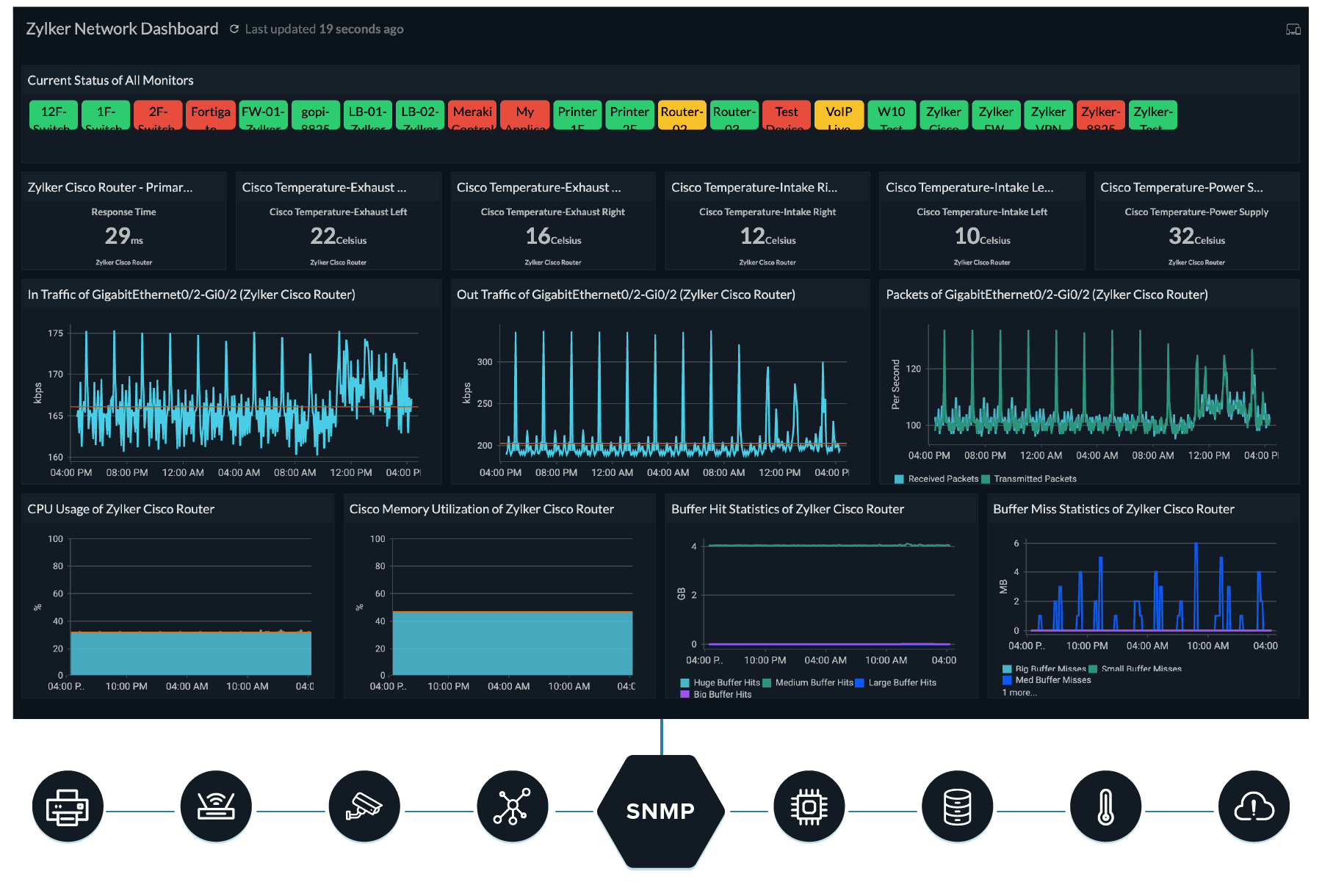A business-to-business (B2B) transaction occurs between firms such as wholesalers and retailers. When one company buys raw materials from another to use them in manufacturing, B2B transactions frequently occur in the supply chain.
B2B apps need to perform consistently with minimal bugs and issues. After all, workers only have a little patience for problems that slow productivity or frustrate them at work. Achieving reliability requires resilient architecture, real-time data, and scalable analytics. It also means optimizing forms and how data is imported into applications.
Reliability
Reliability is the ability to continue working correctly in the face of faults. Faults can come from hardware (typically random and uncorrelated), software bugs (which are generally systematic and hard to fix), and humans (who will inevitably make mistakes). Fault-tolerance techniques hide these faults from end users.
Delivering reliable B2B apps for your business is a significant challenge for digital businesses today. Customers have little tolerance for errors that impact their productivity or cause them to lose business. They’re also quick to switch providers if the experience differs from what they expected.
Managing reliability requires resilient architecture, real-time data, and scalable analytics. To improve reliability, it’s essential to take a business-first approach. Design teams continually push more features into applications and digital products, which means the underlying architecture can change rapidly. It reduces the need to monitor countless complex and rapidly changing applications and makes it easier for IT to work backward from KPI performance issues to identify and resolve root causes. Monitoring for reliability is even more challenging in a cloud-based environment where change occurs unrelentingly.
Uptime
Downtime can cost enterprises revenue, damage reputations and lead to legal trouble. To prevent these problems, enterprises must constantly test applications for failures and deploy rapid changes if required. The availability of those apps becomes more crucial as organizations depend more on cloud services. One way to improve uptime is to use a website monitoring service that checks the availability of web applications. It will help identify performance issues and errors promptly.
Any company with a website or online store has to be checking uptime. It will alert you to any outages and give you detailed reports of on-site downtime. You may then take the needed actions to fix your website’s problems and ensure clients can always access your items.
Several uptime monitoring tools are on the market, but not all are created equal. Some offer complex interfaces that require extensive training to use. Others are based on outdated technology and may not detect outages quickly enough. Consider the features and cost of each choice when choosing the finest uptime monitoring solution for your requirements.
Scalability
Scalability is a common term used when discussing technology, but it’s also something businesses must consider. Make sure your software can take the demand if you want your firm to expand.
There are two ways to scale your business: external and internal. The former involves expanding into new markets and audiences, which can be expensive but can help you reach your full growth potential. The latter consists in scaling your existing technology and team capabilities. This method can be less risky and easier to implement.
For example, if you’re an online store selling clothing, you can add more products to your site as demand grows without investing too much money in inventory. You can also increase your server capacity to handle the load. However, it’s important to remember that scalability is not just about adding more resources but ensuring they are used effectively.
When talking about scalability, people often think of it in terms of technical performance, such as the ability to increase latency or responsiveness as the number of end-users and apps increases. But scalability can also be about financial performance, such as the amount of platform-level platform break-even time or the maximum quantity of data that may be kept.
Security
Businesses are using apps more and more to complete tasks. Apps that don’t function properly or have bugs can harm the company’s productivity and customer satisfaction. That’s why business apps must be secure to ensure the safety of confidential information.
When most IT professionals think about application reliability, they immediately focus on uptime. After all, it’s fashionable for infrastructure and software vendors to tout how many nines of uptime they guarantee. But uptime is just one part of a larger picture, including scalability, availability, maintainability, and security.
The complexity of modern applications makes it challenging to monitor for reliability. Compared to legacy systems, where the underlying architecture rarely changes, virtual machines, containers, and serverless functions change quickly and can be hard to track down when problems occur. As a result, the methods used to measure and deliver reliability on legacy systems won’t work for these newer applications. The solution is to rethink the entire application pattern, design for reliability, and incorporate security into these architectures. Integrating security, compliance, and risk management experts into activities and discussions require.








